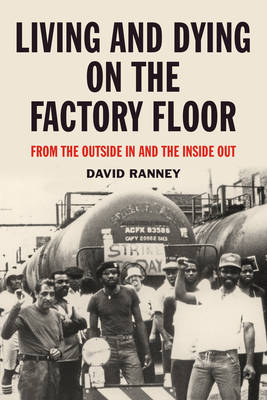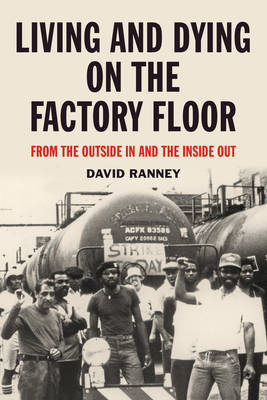
- Retrait gratuit dans votre magasin Club
- 7.000.000 titres dans notre catalogue
- Payer en toute sécurité
- Toujours un magasin près de chez vous
- Retrait gratuit dans votre magasin Club
- 7.000.0000 titres dans notre catalogue
- Payer en toute sécurité
- Toujours un magasin près de chez vous
Living and Dying on the Factory Floor
From the Outside in and the Inside Out
David RanneyDescription
David Ranney's vivid memoir describes his work experiences between 1976 and 1982 in the factories of southeast Chicago and northwest Indiana. The book opens with a detailed description of what it was like to live and work in one of the heaviest industrial concentrations in the world. The author takes the reader on a walk through the heart of the South Side of Chicago, observing the noise, heavy traffic, the 24-hour restaurants and bars, the rich diversity of people on the streets at all hours of the day and night, and the smell of the highly polluted air.
Factory life includes stints at a machine shop, a shortening factory, a railroad car factory, a structural steel shop, a box factory, a chemical plant, and a paper cup factory. Along the way there is a wildcat strike, an immigration raid, shop-floor actions protesting supervisor abuses, serious injuries, a failed effort to unionize, and a murder. Ranney's emphasis is on race and class relations, working conditions, environmental issues, and broader social issues in the 1970s that impacted the shop floor.
Forty years later, the narrator returns to Chicago's South Side to reveal what happened to the communities, buildings, and the companies that had inhabited them. Living and Dying on the Factory Floor concludes with discussions on the nature of work; racism, race, and class; the use of immigration policy for social control; and our ability to create a just society.
Spécifications
Parties prenantes
- Auteur(s) :
- Editeur:
Contenu
- Nombre de pages :
- 192
- Langue:
- Anglais
Caractéristiques
- EAN:
- 9781629636399
- Date de parution :
- 01-02-19
- Format:
- Livre broché
- Format numérique:
- Trade paperback (VS)
- Dimensions :
- 152 mm x 226 mm
- Poids :
- 136 g

Les avis
Nous publions uniquement les avis qui respectent les conditions requises. Consultez nos conditions pour les avis.






